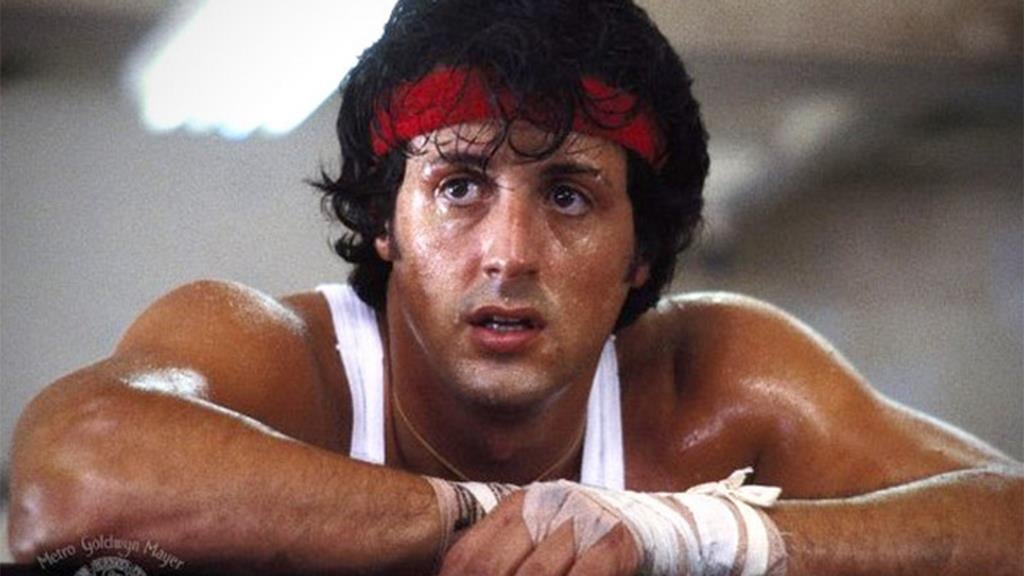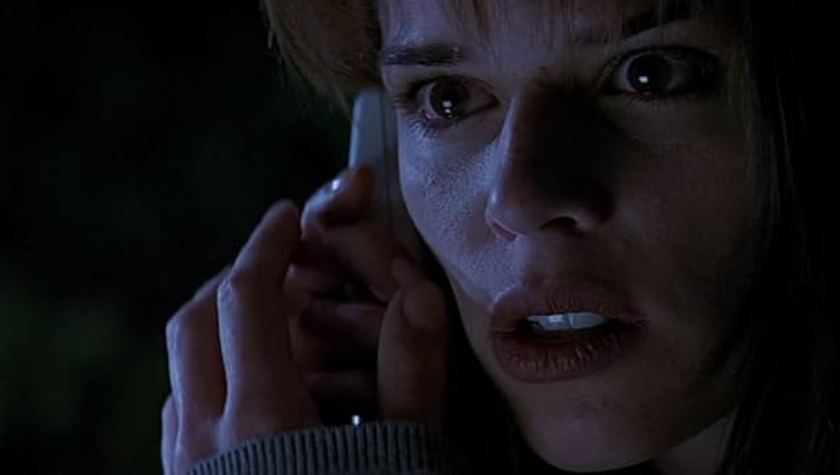5 Screenwriting Takeaways: 'Wrath of Man'
May 12, 2021
Wrath of Man is Guy Ritchie's latest film, co-written with Ivan Atkison and Marn Davies and based on the 2004 French film Cash Truck by Nicolas Boukhrief and Éric Besnard, it also sees Ritchie collaborating again with action star Jason Statham who came to international attention with Ritchie’s debut feature film: Lock, Stock and Two Smoking Barrels (1998). Since then, Ritchie and Statham have both carved out a niche for themselves with hardboiled crime and action films. In addition, Ritchie has also helmed Hollywood tentpoles such as Sherlock Holmes (2009) and Aladdin (2019).
Below are five things screenwriters can learn from this screenwriting veteran on the genre.
1. Use a different angle, POV or entry point to a familiar story
In Wrath of Man, we’re introduced to two security guards transporting money in a cash truck. They’re talking about what kind of coffee they like in the morning and it feels authentic; a convincing little slice of life. However, it’s not long before their truck is targeted by armed criminals and it’s made clear that this is indeed a crime thriller. After this opening sequence, we’re introduced to our protagonist “H” (played by Jason Statham) as he goes through the application process for the security company in charge of transporting large sums of money throughout the city of Los Angeles: His initial interview, his training, and eventually his first day on the job. Generally, security guards and drivers of armored vehicles or cash trucks are peripheral characters in crime thrillers and action films. In these types of films, it’s the criminals or the authorities hunting them down that are the focal characters. Although we eventually discover there’s more to H and the story, the fact that the film’s first act takes us into this world of cash truck security is something that distinguishes it from past crime thrillers.
Overall, it’s a familiar cinematic world, but we’re inhabiting a previously unexplored corner of it. This is a great technique for a screenwriter who is following the popular Hollywood adage: “The same but different”. Wrath of Man turns out to be a revenge crime thriller, following many of the subgenre’s familiar tropes and beats. But by entering the story in a unique way, we find ourselves more intrigued and its later conventions are placed into a fresh context.
2. Add intrigue by teasing out your protagonist’s backstory
Early on we get the sense there’s something more to H’s character and that he’s no ordinary security guard. There are scattered references to him being “overqualified” for the job due to his past history. He's laconic and maintains a mysterious distance from the other security guards. On his first day on the job, H shocks his coworkers by stopping a heist with the cool and ease of an expert marksman. After receiving a hero’s welcome, H soon becomes the focus of rumor and intrigue throughout the security company: Who exactly is this guy? Generally if other characters are wondering what’s going on with the protagonist, the viewers are as well. H’s true identity and backstory become the overriding mystery for the first half of the film. And people love a good mystery. The more mysterious your protagonist, the better. In the same manner, a good mystery keeps people watching a film, it’ll keep people reading your script.
3. Don’t be frightened of flashbacks and/or nonlinear storytelling, especially if it adds intrigue
The importance and appeal of mystery also factor into the narrative structure of Wrath of Man. A large section of the film’s second act (and parts of the third) is a flashback. The story could have easily been told utilizing a more traditional chronology, but by doing so, it would have been a more predictable narrative and all of the mystery and intrigue would have been absent from the film. Sometimes, simply changing the order of scenes and beats is enough to inject new life into a familiar story (eg., Memento). Think of it as a puzzle. At the end, we recognize the image, but it was putting it all together that was the fun. Likewise, people love when the pieces of a nonlinear narrative come together and the story becomes clear.
4. Even in an action film or thriller, have a strong emotional through-line for your protagonist
Without revealing too much, Wrath of Man is ultimately a revenge film with a strong emotional through-line. You sympathize with what H has been through and you want to see him settle his score. This is an essential element of any classic revenge film, whether it be Death Wish or Kill Bill. You have to relate and care about the protagonist or else you won’t be emotionally invested in their story and pursuit for justice. In general, your scripts should have a strong emotional through-line regardless of the genre.
5. Don’t be afraid to stretch your talent
Although Wrath of Man is firmly ensconced in a world of hardboiled criminals and complicated heists like many of Ritchie’s past films, tonally it’s quite a departure and it would seem deliberately so. Jettisoning much of Ritchie’s trademark humor and breezy tone, Wrath of Man is an overall darker and more dramatic addition to his filmography, feeling closer to a Michael Mann or Christopher Nolan crime epic. Whether or not this stylistic change will be widely embraced by critics and fans is yet to be seen. I for one was impressed by Ritchie’s expansion of his creative palette and found Wrath of Man to be his most emotionally stirring and riveting film to date.
Director Todd Philips’s 2019 Joker was likewise a major tonal shift from his prior comedic films and it proved to be a massive hit. In a similar fashion, writer-director Adam McKay (Vice) shifted from broad comedies to more grounded social satires to great success. Sometimes daring to leave your comfort zone and stretch your talent helps you to become a more skilled and well-rounded writer. Every few years, public taste changes, and there are new trends. A writer who is able to adapt to these changes is more likely to sell scripts and continue working. The less you limit yourself, the more opportunities will emerge. It’s also creatively rewarding when you discover another side of your talent.
Written by: Edwin Cannistraci
Edwin Cannistraci is a professional screenwriter. His comedy specs PIERRE PIERRE and O’GUNN both sold with more than one A-list actor and director attached. In addition, he’s successfully pitched feature scripts, TV pilots and has landed various assignment jobs for Universal, Warner Bros, Paramount and Disney.- Topics:
- Discussing TV & Film




